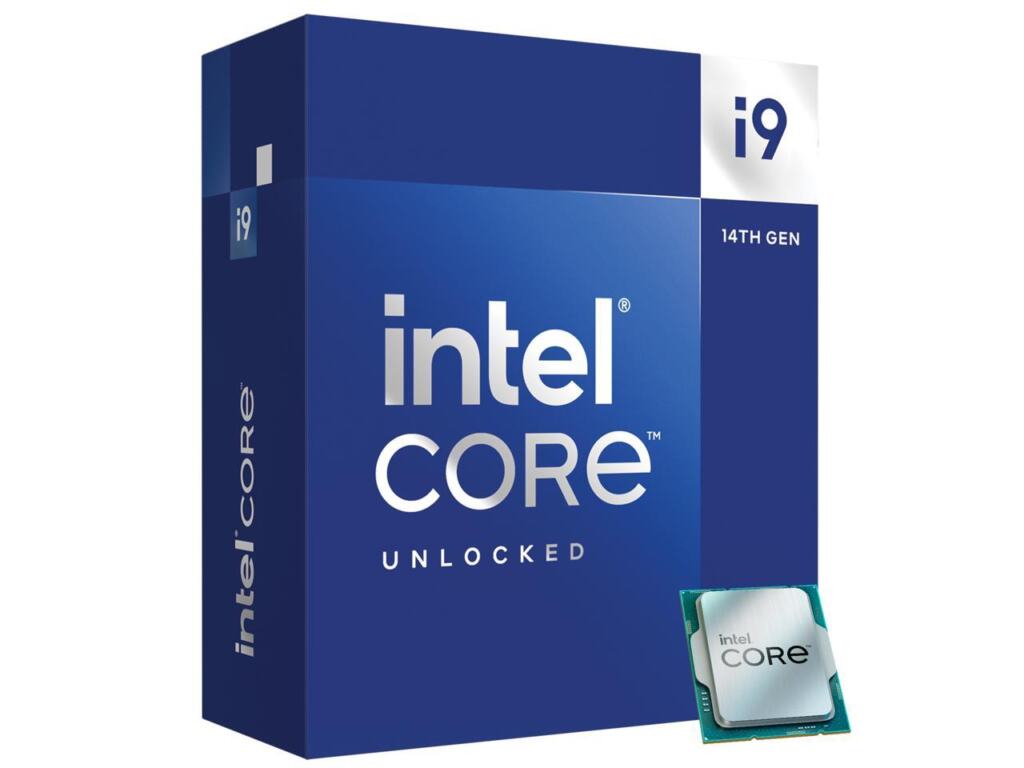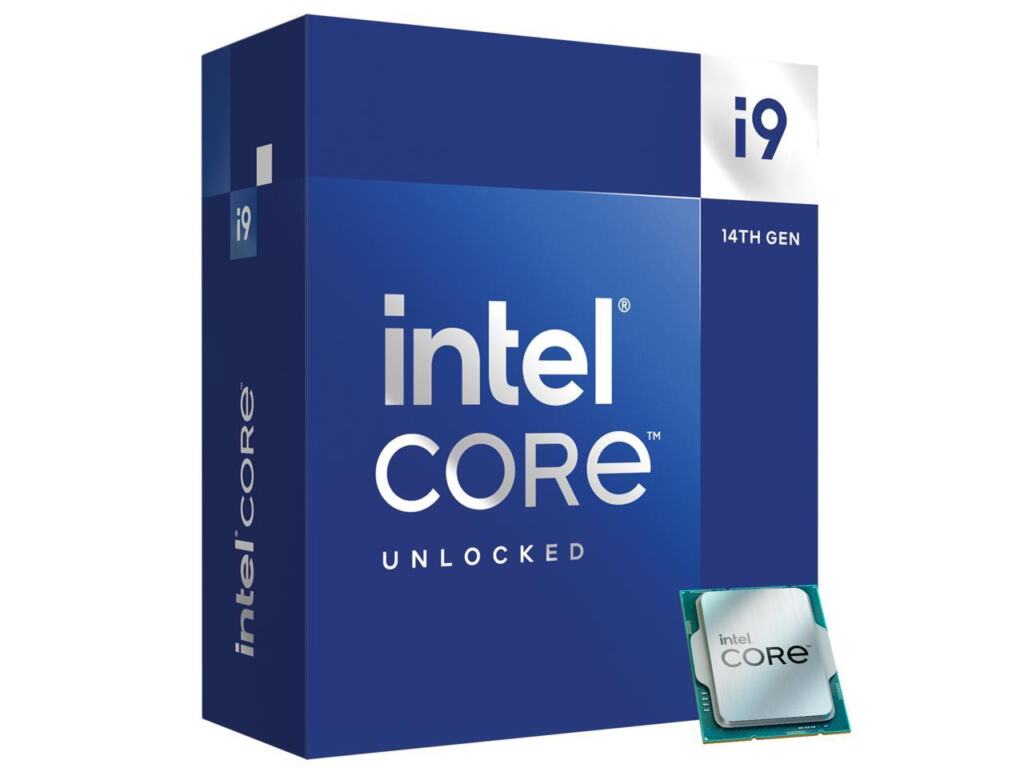

I am always excited by hardware launches! The feeling of fresh, new, unexpected hardware! Progressing technology, things getting faster, or cooler, or cheaper, or all three at the same time. It is wonderful, and it is a feeling I look forward to with each launch…
Intel just launched its Raptor Lake refresh CPUs, adding a (hopefully) fresh coat of paint and renewing its Raptor Lake lineup from last year.
There are three new CPUs to be considered for positions in our main PC build chart:
-
- i5-14600K (14 cores, $320)
- i7-14700K (20 cores, $410)
- i9-14900K (24 cores, $600)
The Good:
Let us begin with the full list of all the good things that distinguish these new CPUs from what came before them:
-
- The new CPUs are compatible with pre-existing motherboards.
Unfortunately, that is the extent of the list. It is short, but if you find more, please let me know.
The Meh:
The new CPUs are 2-3% better than the old CPUs, and cost $20-$50 more. So it is not a regression in performance (which is unbelievable but happens sometimes), but it is an unexciting and practically-negligible improvement.
Reviewers have politely (and amusingly) noted that these new CPUs are indistinguishable from the older ones. So, if your current CPU is fine, this launch changes nothing.
One of the CPUs (only one, the i7-14700K) technically has better multithreaded performance than its previous-gen equivalent, due to having more cores.
Intel’s modern CPUs come with two types of cores: ‘performance’ cores and ‘efficiency’ cores. The old 13700K had 8 P-cores and 8 E-cores; the new 14700K has 8 P-cores and 12 E-cores. So, if your computer usage involves utilizing more than 16 threads simultaneously, the 14700K is an improvement. Realistically, you will likely only notice the difference in benchmark software.
The Bad:
This is one of those refreshes where there are no real changes made to the old CPUs, just a new name and a tiny OC, so all the old problems remain.
When the original Raptor Lake launched, we were shocked and amazed by the gigantic power draw and excessively high temperatures. With this “refresh”, the “fresh” is major misnomer, and these supposedly 125W CPUs are sometimes drawing ~430W (Anand’s) and sometimes hitting temperatures of ~119C/246F (TPU), which is downright ugly. Is the 2% increase in performance worth it?
Going Forward:
As these CPUs are only minimally different in price and performance when compared to the previous Raptor Lake processors, we will be adding them as options in the same tiers as their predecessors.
Those older CPUs are still completely valid options, which is why they’re staying in the chart. You’ll now have a choice between ~2% -3% extra performance vs $20-$50 saved. The warning about power draw and temperatures will remain.
The specific changes for our main chart are as follows:
-
- The i5-14600K will be added to the Outstanding tier
- The i7-14700K will be added to the Exceptional tier
- The i9-14900K (with compatible motherboards) will be added to the Extremist tier. The i9-13900KS is moved to this tier as an option.
- The R9 7950X (and compatible motherboards) will move up to Monstrous.
Let us hope that more CPUs get launched that target the lower segment of the market. Let us also hope that Intel takes note of the criticism coming from the reviewers, and takes a look back at its own history: The i5-2500K was one of the greatest CPU launches of all time because the performance was fantastic, and also because it had low power draw, low temps, and was cheap.
Performance alone is not everything.
Sources:






